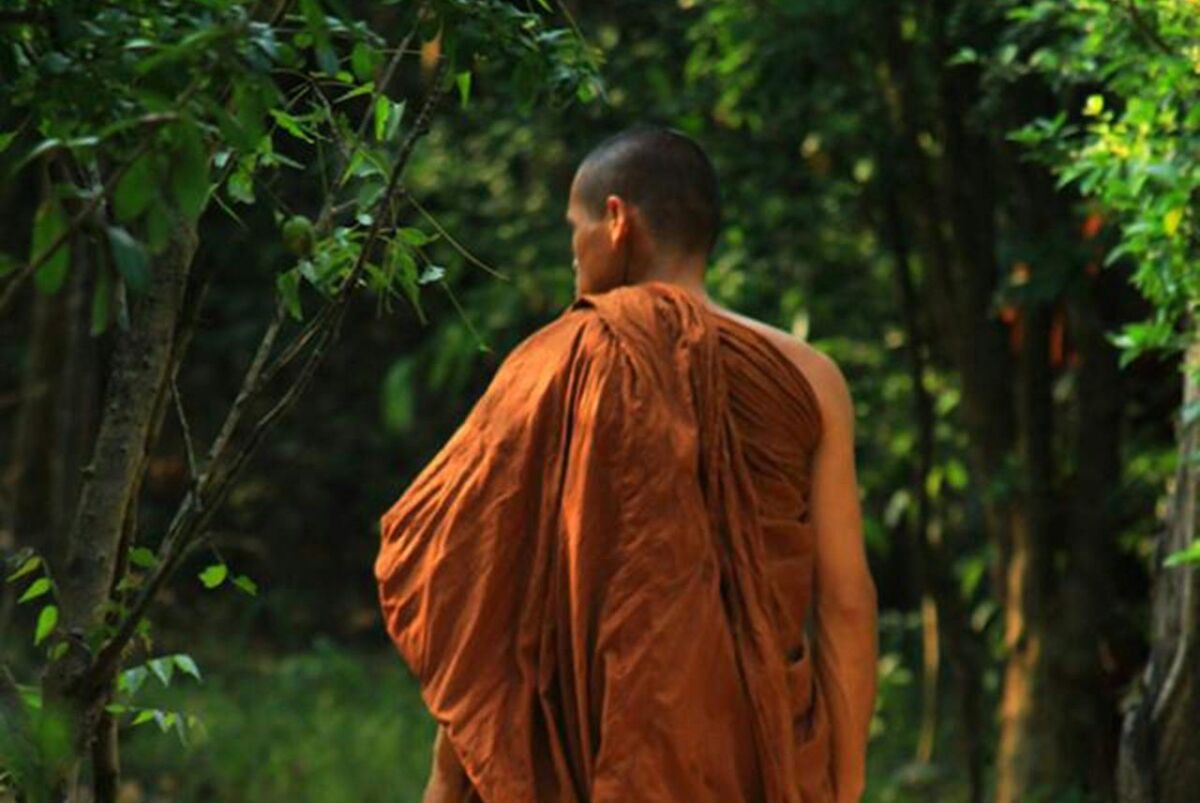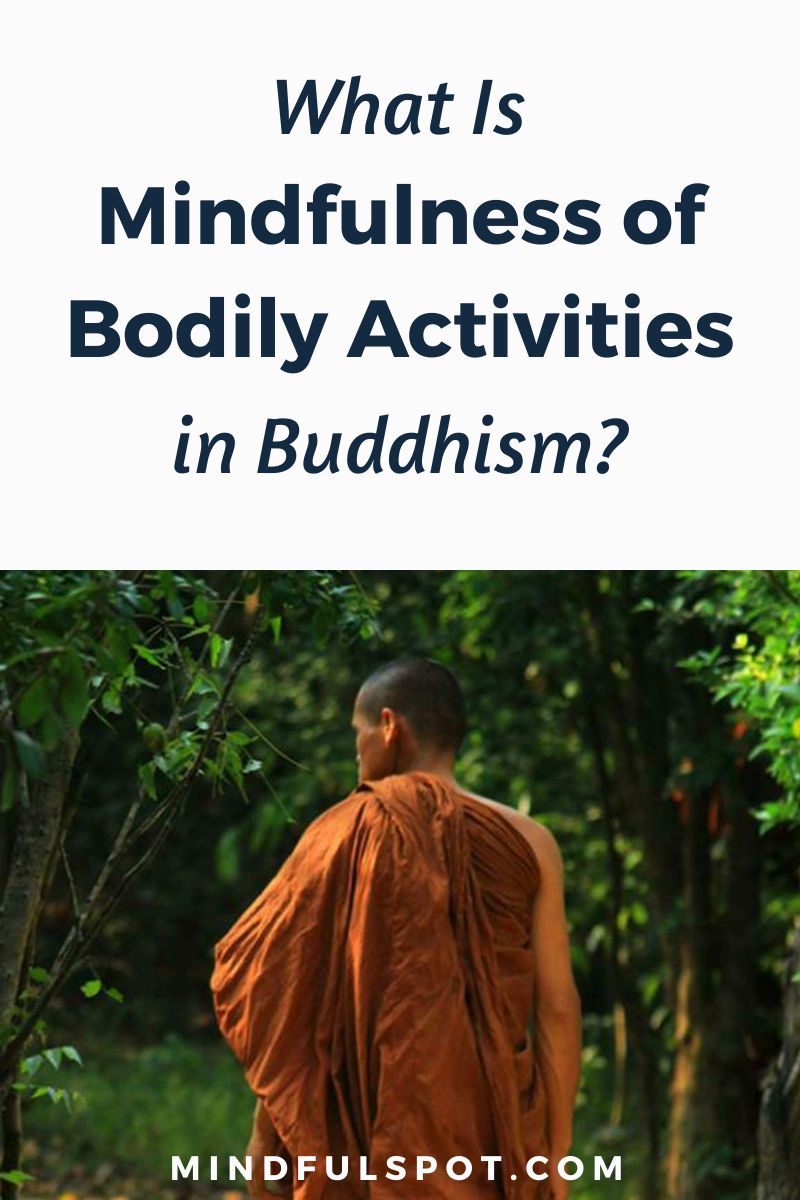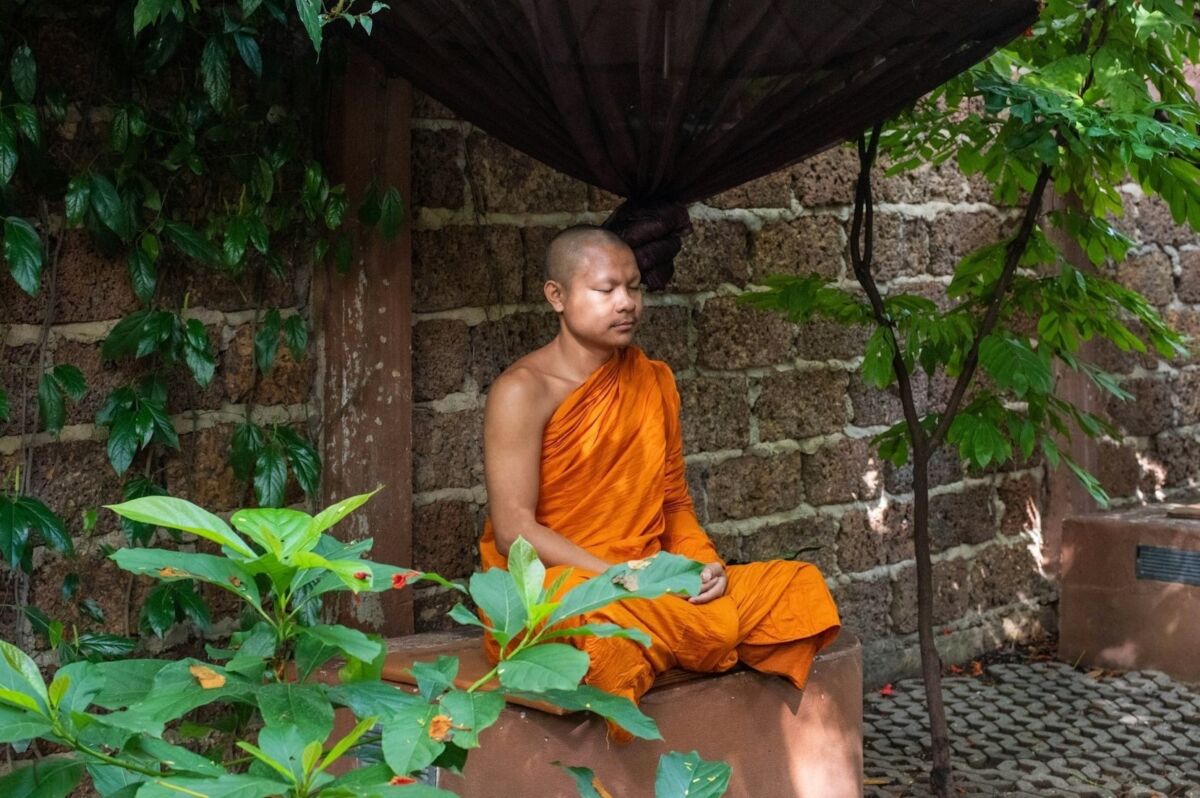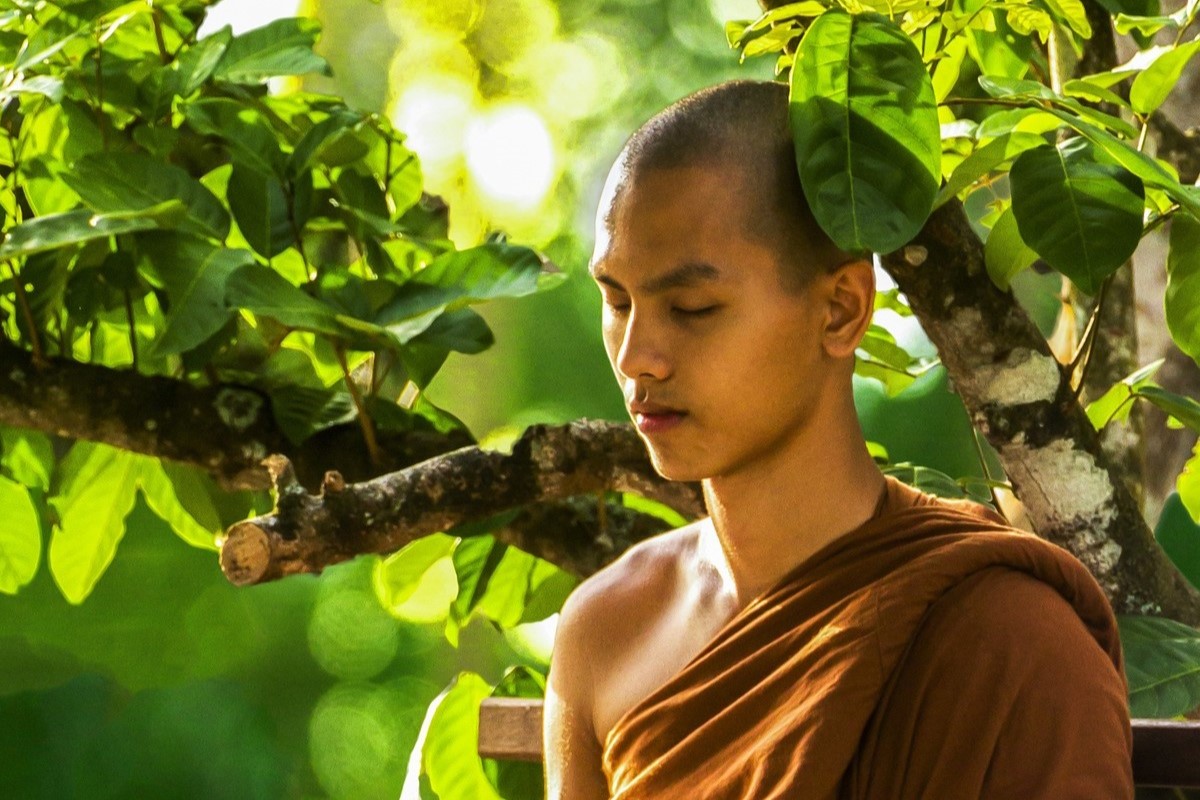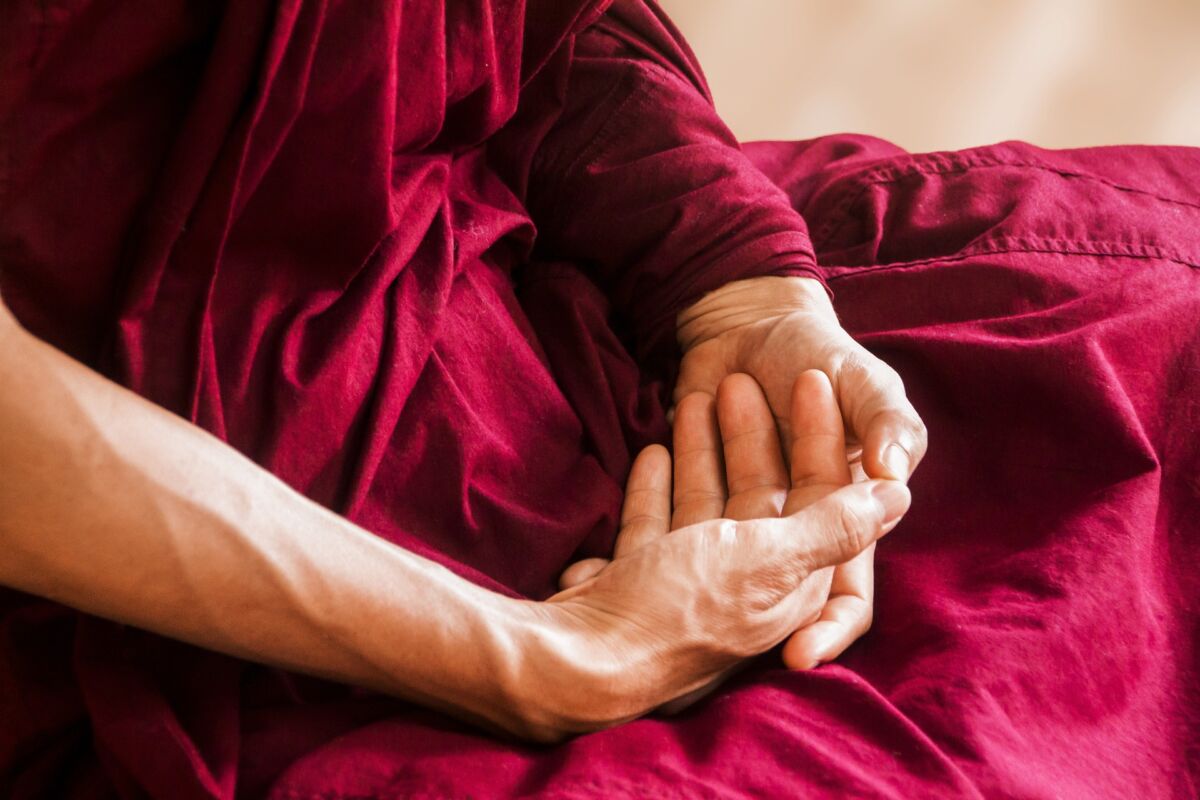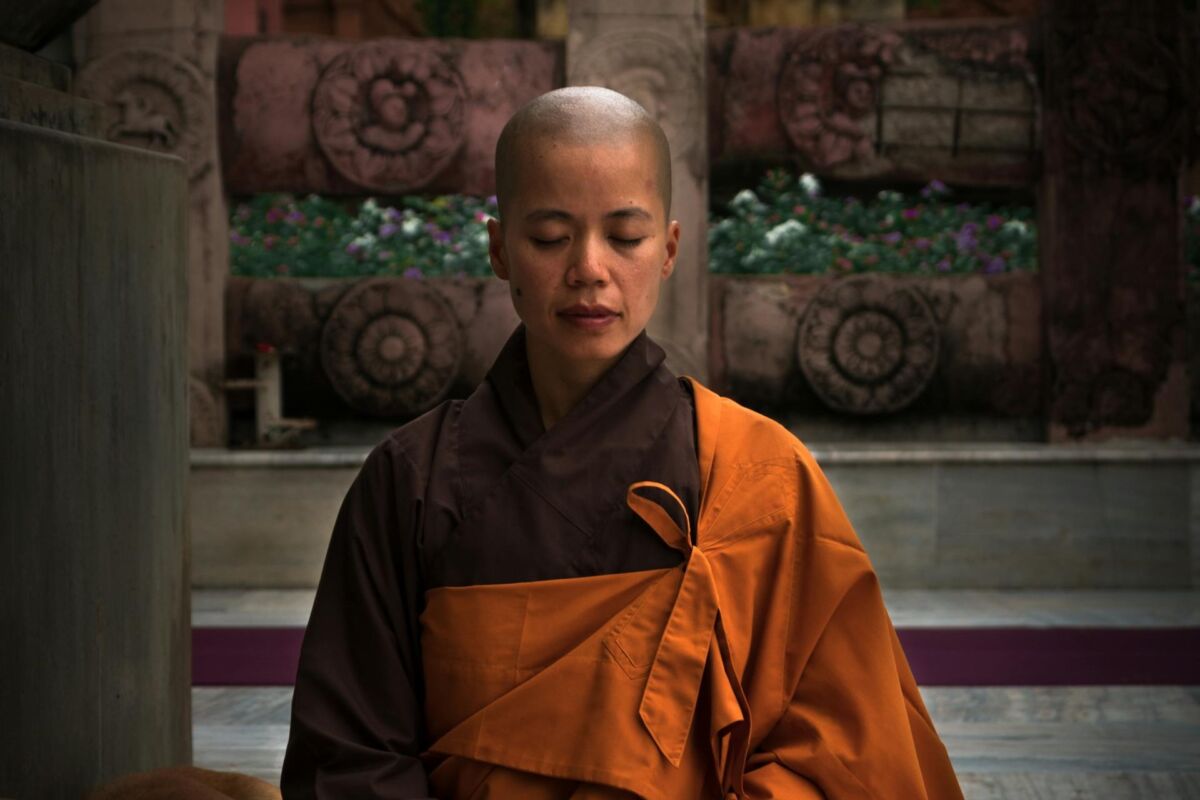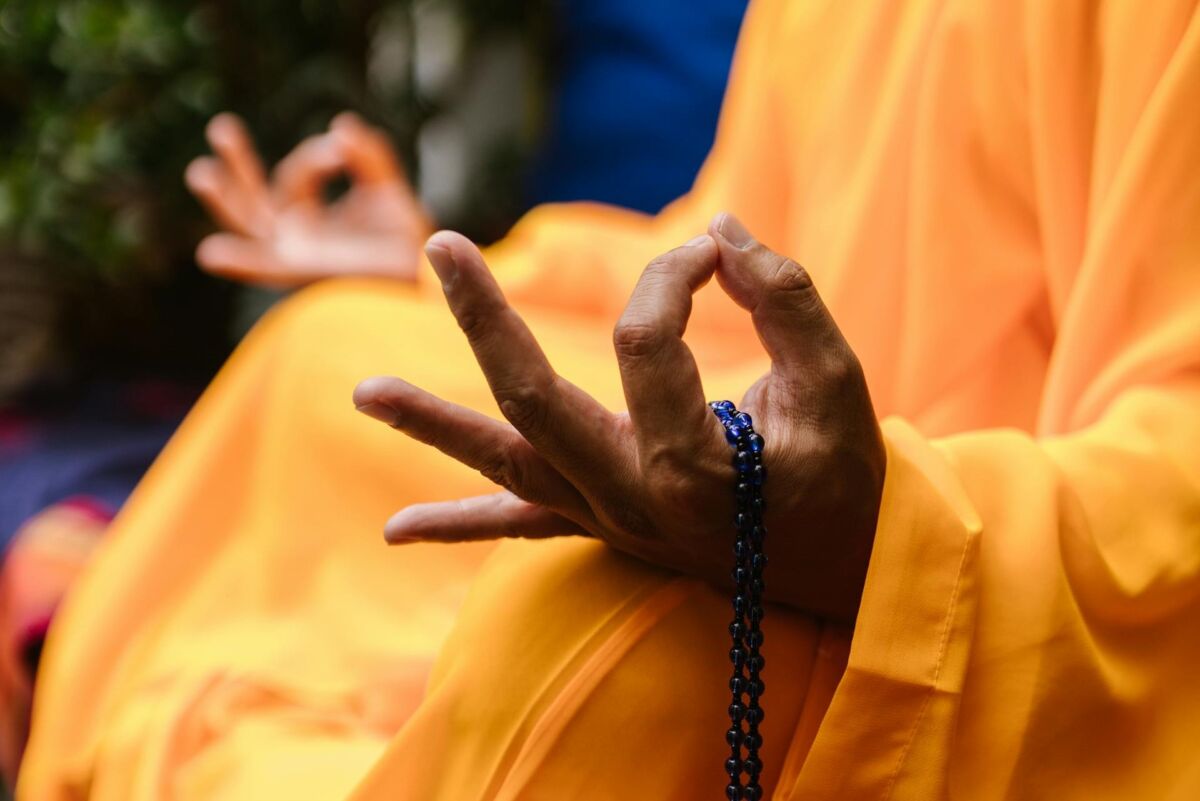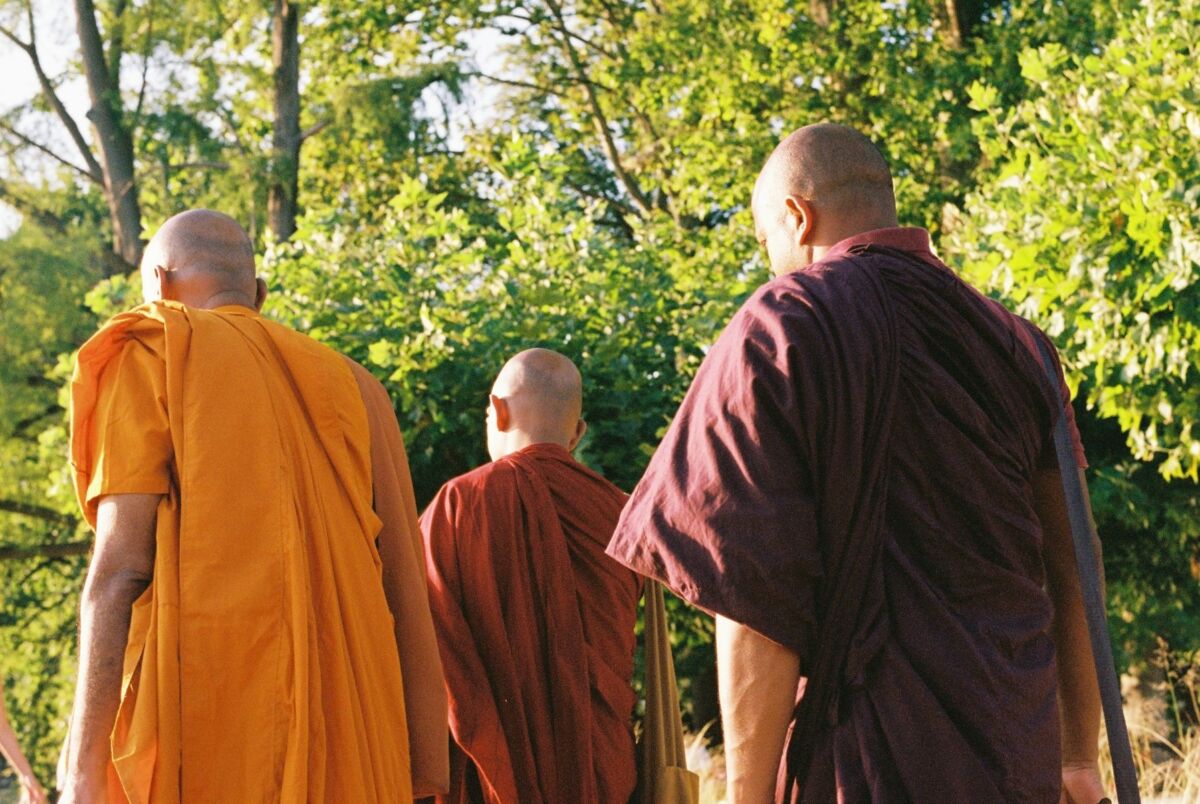Last month, I wrote about mindfulness of bodily postures – a simple Buddhist practice for developing mental clarity.
Today, I turn to an extension of that practice called mindfulness of bodily activities. Although they both sound similar, their actual instructions are slightly different.
Once mindfulness of the four postures has led to awareness of the whole body, one can turn to the next contemplation introduced in the Buddhist meditation manual Satipatthana Sutta: mindfulness and clear knowledge of bodily activities.

FREE Self-Test: How Spiritual Are You?
Here’s how it’s carried out according to the book Satipatthana: A Practice Guide by Bhikkhu Analayo:
When going forward and returning one acts clearly knowing; when looking ahead and looking away one acts clearly knowing; when flexing and extending [the limbs] one acts clearly knowing; when wearing the outer robe and [other] robes and [carrying] the bowl one acts clearly knowing; when eating, drinking, consuming food, and tasting one acts clearly knowing; when defecating and urinating one acts clearly knowing; when walking, standing, sitting, falling asleep, waking up, talking, and keeping silent one acts clearly knowing.
Since these instructions come from a Buddhist text, they relate to the lifestyle of a monastic. But by imagining robes to be clothing in general and the bowl to be any tool, the description can be related to lay practice as well. “Clearly knowing has its foundation in the presence of mindfulness,” writes Analayo, “It is only when we are aware of what we are doing that we can do it clearly knowing.”
In his other book titled Satipatthana: The Direct Path to Realization, Analayo further elaborates on the Buddhist concept of “mindfulness and clear knowledge” (sati-sampajanna). In particular, he writes that “clear knowledge should be directed to the purpose of the activity and also its suitability.” Here’s what that means when applied, for example, to the activity of “talking:”
Talking can be carried out clearly knowing by refraining from topics unsuitable for one who has gone forth. Here, “clearly knowing” implies that one discusses topics related to contentment, seclusion, concentration, wisdom, etc., since in this way speech becomes “purposeful” in regard to one’s progress on the path.
Analayo concludes by highlighting the key difference between mindfulness of bodily postures and mindfulness of bodily activities:
Compared to contemplation of the four postures, clear knowledge in regard to activities introduces an additional element, since the former consists of bare awareness of whatever posture or movement occurred naturally, while the latter includes purposefully adopting a restrained and dignified behaviour.
About the book’s author: Ven. Bhikkhu Analayo was born in 1962 in Germany, was ordained in 1995 in Sri Lanka, and completed his PhD on satipatthana at the University of Peradeniya in 2000. At present, he is mainly engaged in the practice of meditation, and among other things contributes to the Encyclopaedia of Buddhism. He has authored several books on Buddhist practice, including Satipatthana and Compassion and Emptiness in Early Buddhist Meditation.
Complement with our articles on mindfulness of bodily postures and body awareness meditation.

FREE mindfulness resources for stress relief
I’m a freelance writer and mindfulness advocate behind this blog. I started my meditation practice in 2014, and in 2017 I launched this website to share what I learn with others. Here are the three things you can do here:
1. Schedule a free consult if you want to learn Buddhist meditation.
2. Download free mindfulness resources for stress relief
3. Join Patreon for exclusive content and community meetings.

